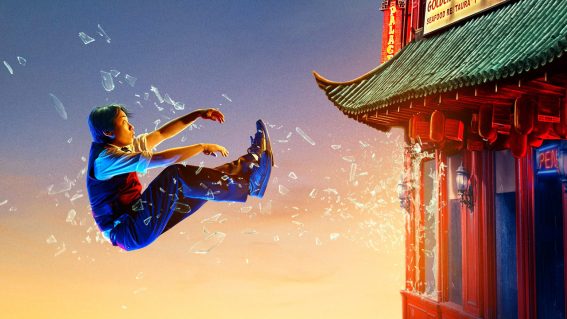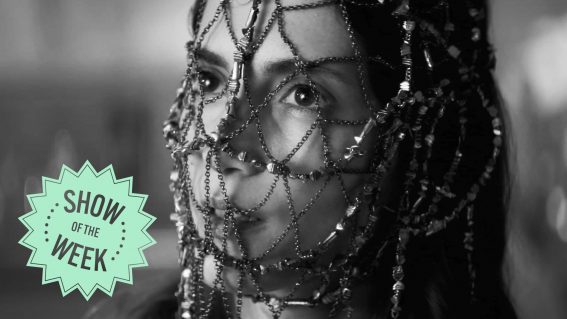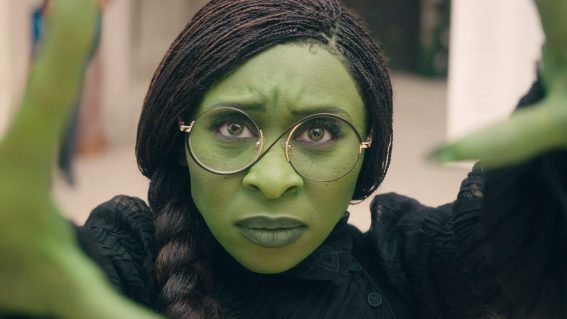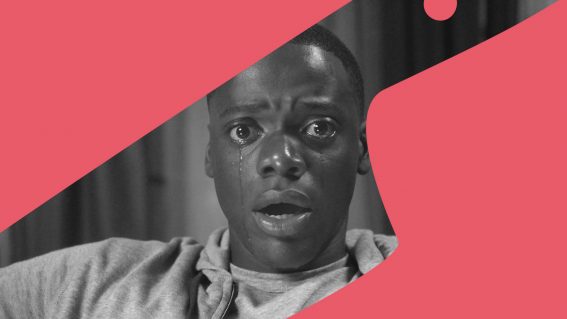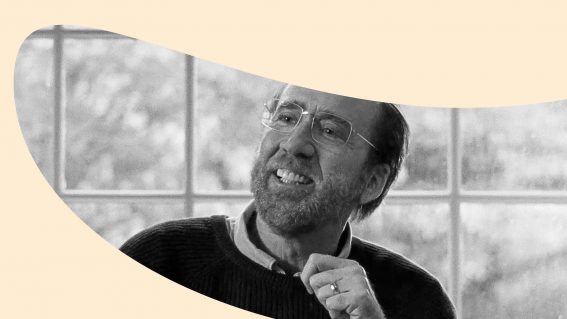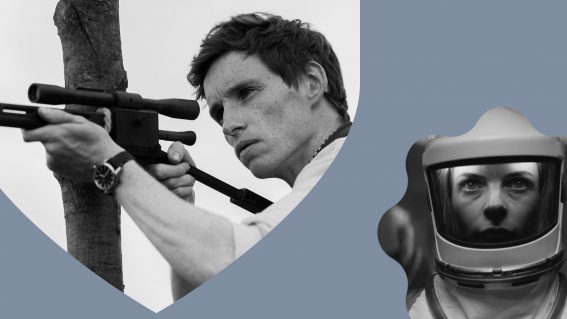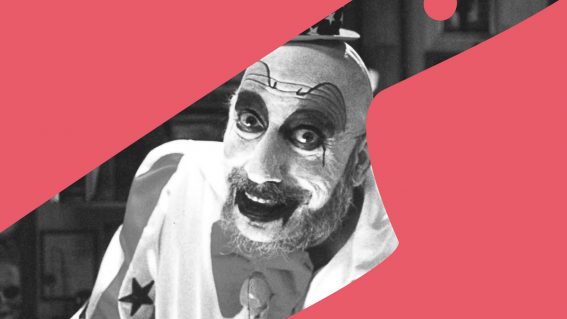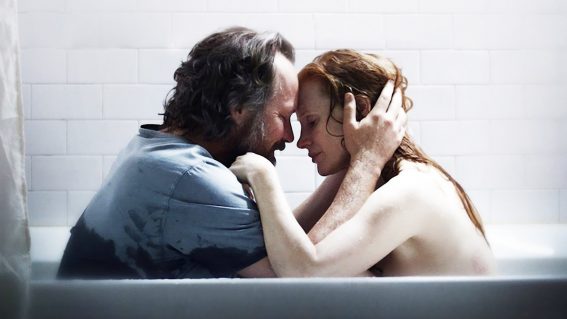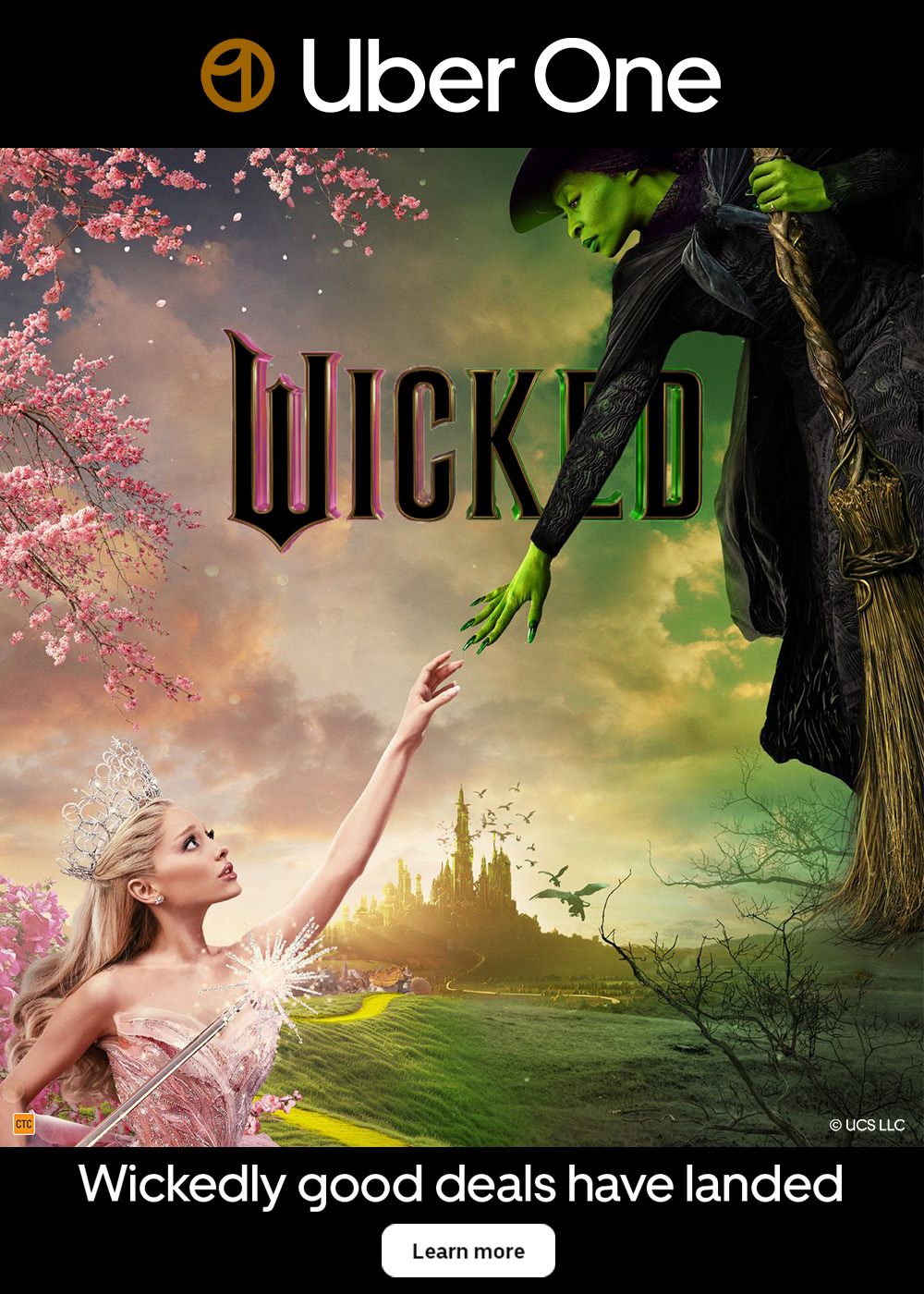Watchmen is a mind-bending superhero show about a tripped-out alternate America
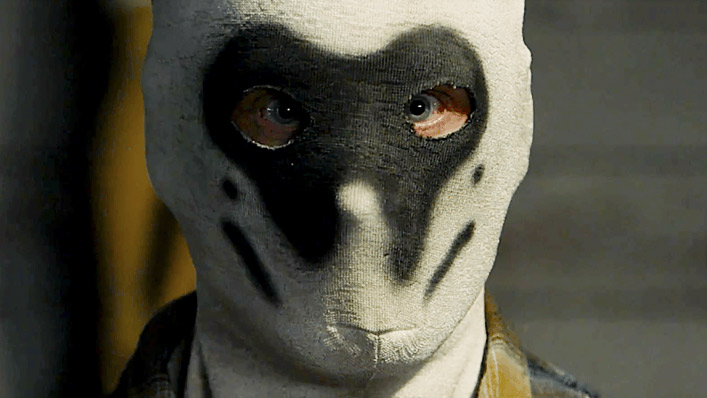
Extending the universe of Alan Moore’s beloved graphic novel, the Watchmen TV series is now playing on Foxtel. It presents a mind-bending alternate history of America, says Luke Buckmaster.
What would it say about our society if police wore masks to conceal their identity? If your inclination is to rush to a high-handed, bile-in-the-mouth judgment – perhaps invoking the anonymity of authoritarianism and the facelessness of the state – maybe bear in mind that superheroes wear masks too. At least the ones in the movies.
“The executioner’s face is always well-hidden,” Bob Dylan famously observed while wandering the apocalyptic forests of A Hard Rain’s a-Gonna Fall – suggesting the letter of the law always requires human identity and authorship, especially when it’s inked in blood. Extending the postmodern superhero universe created in Alan Moore’s seminal graphic novel Watchmen (which was adapted by Zack Snyder into a 2009 feature film) the 2019 TV series of the same name – from Damon Lindelof, co-creator of Lost and The Leftovers – latches onto Moore’s skepticism about the nature of disguise, viewing its liberating qualities as distortions of the soul.
The series is set in present-day Tulsa, Oklahoma, 30 years after events depicted in Moore’s book, which arrived in 1986. In this alternate version – of an already alternate version – of history, the manifesto of extremist right-wing vigilante Rorschach has been embraced by a burgeoning white supremacist movement called the Seventh Calvary, who wear his mask and have co-opted his image. The police in this world also conceal their faces (with creepy yellow half-masks) and have their professional lives and identities concealed too. They take no public pride in their work, perhaps, because they know that a uniform indicates moral virtue no more than a law.
In this world there are flying cars. Vietnam is a state of America. Robert Redford has been President for decades; victims of racial injustice receive financial reparations called Redfordations. Smartphones and the internet haven’t been invented (at least going by the first two episodes, which form the extent of this analysis). Not having another costumed crusader critique of superheroes in the age of social media – especially so soon after The Boys – is welcome. Though I do wonder what Lindelof et al would have made of online avatars: another form of identity; another kind of deviance.
A chaotic opening sequence recreates a historical moment America wishes was fiction: the Tulsa Race Massacre of 1921. In this event, long obscured by history, dozens of black Americans were killed and hundreds injured, during air and ground attacks on an affluent community known as “Black Wall Street.” Director Nicole Kassell depicts the event with the thunder, roar and smoke of a wall-rattling war film, and Lindelof’s script uses it to frame the impending drama in the manner of an origins story. The narrative focus of the first two eps is a police detective, Angela Abar (Regina King) who dresses up as a superhero and is known as Sister Night.
Like in the supervillain origins film Joker, the point is made that, just as the normal person is insane to the crazy one, the role of hero and villain remains in the eye of the beholder. This is well-covered territory, memorably surmised in a film moment that is barely remembered at all: a song from the kooky 1983 Australian musical The Return of Captain Invincible. Years before the “war on terror” inspired countless ruminations on moral complexities of borderless wars and unidentifiable enemies, the Captain Invincible protagonist – a flaky drunk in leotards played by Alan Arkin – sang: “The line is so fine between heaven and hell, not even a hero can tell.”
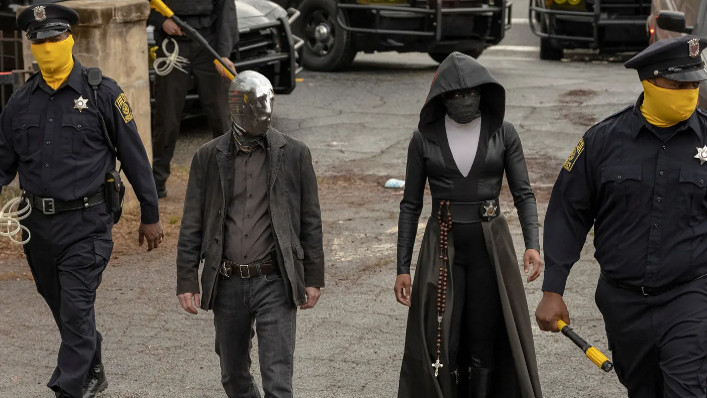
Or as Jeff Bridges put it in, given the context of this discussion, the perfectly titled futuristic 2003 drama Masked and Anonymous: “Everybody’s doing the killing now; everybody’s doing the dying.”
Watchmen‘s second episode (no spoilers) briefly diverts to the backstory of a costumed hero/vigilante in a bright red cape. This digression is triggered when a bystander asks: “Who are you?” The man commences a monologue about how, when he was young, “I never felt comfortable in my own skin, so I made a new one.” He concludes: “So, who am I? If I knew the answer to that, I wouldn’t be wearing a fucking mask.” It’s a great line, recontextualising superhero identity – no longer an alter ego but a crisis of self.
Watchmen also presents a crisis of history, a crisis of perspective, even a crisis of fiction. In one deliciously good scene, an eccentric richling played by Jeremy Irons directs a sweded version of history written by himself, with two bad actors performing a play illustrating the genesis of Doctor Manhattan. It’s a moment right out of the brilliant stage production Mr Burns, A Post-Electric Play, in that in this world, in this situation, reality becomes a story, a story becomes legend, and that legend grows distorted, bending to the whims of the zeitgeist, destined to be constantly re-adapted and re-purposed for ever-changing times.
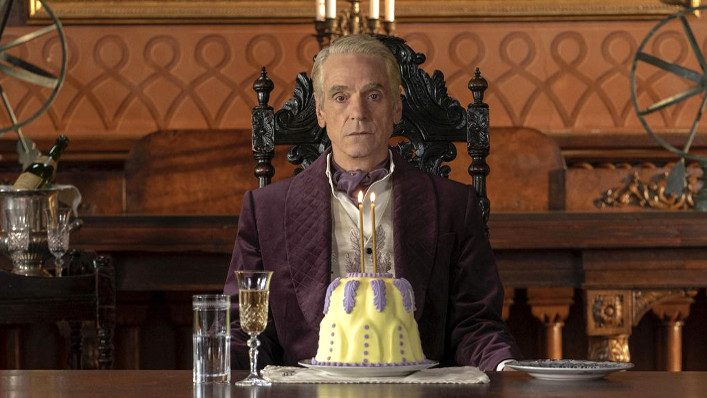
“I am the past and present and future all at once,” this cut-rate, poorly made-up pantomime of Manhattan says. He continues: “Nothing ends Jamie. Nothing ever ends.”
The man, dressed in a dodgy costume complete with a spray-painted fencing mask, is discussing time as a concept that bends forwards and backwards. But he might as well be talking about pop culture’s infinite cycle: the Campbellian idea that no story is ever really finished, nor even really started. Combine that thinking with the idea that “real” history is fiction anyway, and, as Watchmen demonstrates, the possibilities – for social critique, for racial commentary, or just interesting drama – are virtually endless. The show itself wears many disguises. I’m looking forward to watching the rest of it so I can rip them off, one by one.

